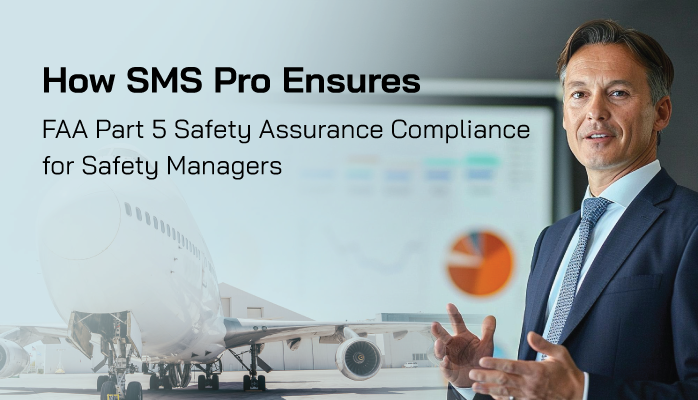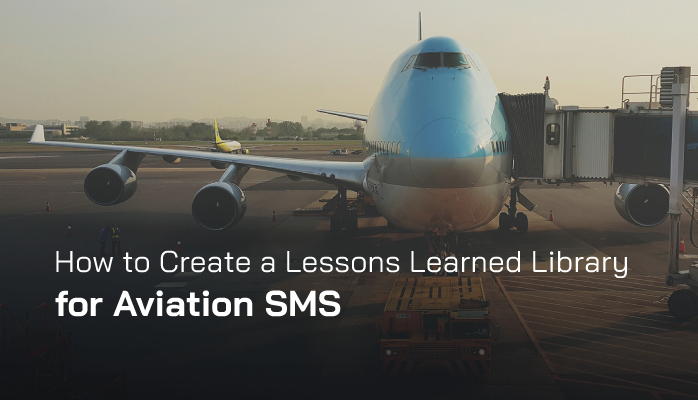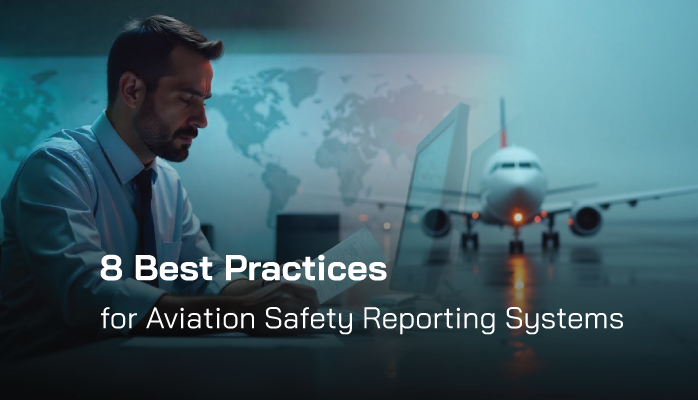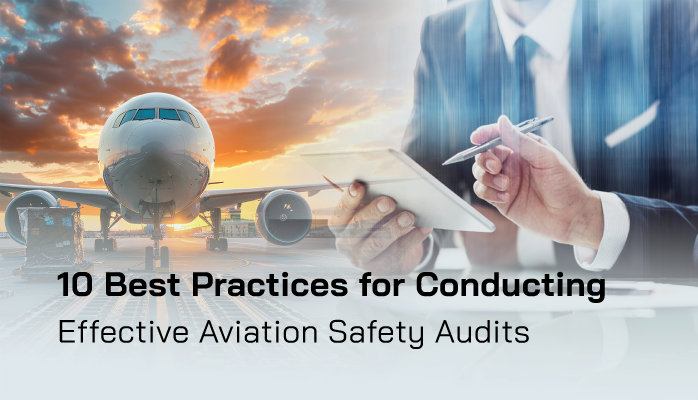Understanding Emergency Response Notifications in Aviation SMS
In the context of an aviation SMS, Emergency Response Notifications refer to the structured communication processes used to inform internal stakeholders, regulatory authorities, emergency services, and the public about a crisis, such as an aircraft accident, serious incident, or operational disruption.
These notifications are a key part of the Emergency Response Plan (ERP), which integrates with the four pillars of an SMS—Safety Policy, Safety Risk Management, Safety Assurance, and Safety Promotion—to ensure a proactive, systematic approach to crisis management.













